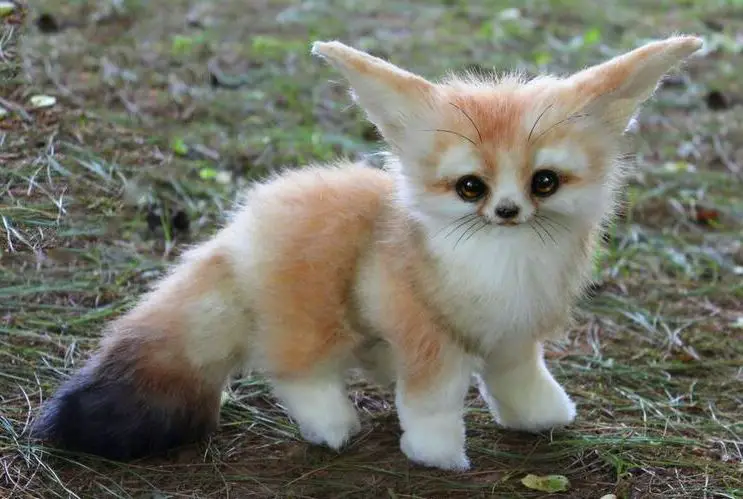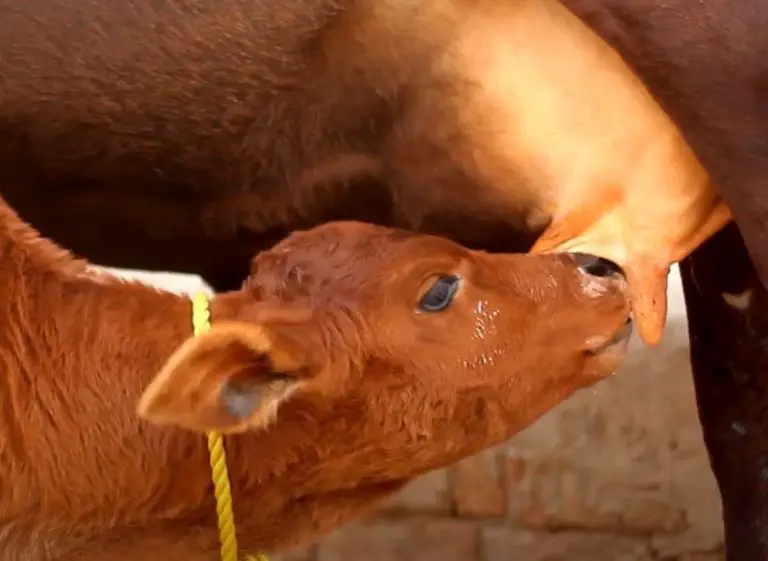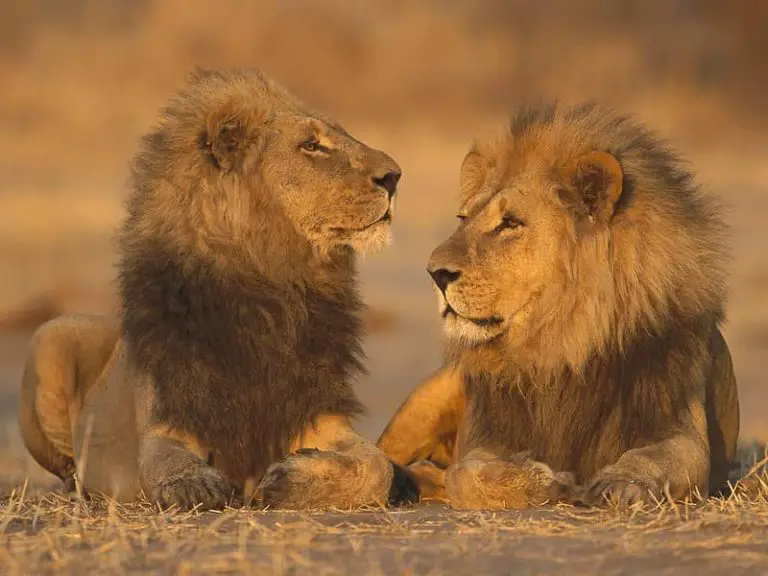Why Do Fennec Foxes Have Big Ears? (The Main Reason)

Have you seen how adorable fennec foxes look with those big ears, apart from making them look extremely adorable, these foxes have big ears for a specific reason.
Fennec foxes are animals that live in extremely arid and desertic climates, they have had to adapt their entire body to survive in such an extreme climate, fennec foxes have big ears because big ears cool well, in fact, the animals give off heat through their ears, paws, and tail because they have a strong blood supply.
The blood transports the heat and cools on the surface of the body, large ears ensure a large body surface, so there is plenty of room for cooling, this is good for animals in warm regions, such as the fennec fox, but bad for those on ice and snow.
The fennec fox has adapted to desert life, the desert fox has huge ears through which it can give off excess heat, the arctic fox, on the other hand, has a much more compact appearance, this is not only due to its thicker fur but also to the fact that it has small ears and a short muzzle.
In its range, the Fennec prefers desert regions. Whether sandy desert or semi-desert, the smallest fox in the world feels particularly comfortable when there are a few rocks or stable sand dunes under which it prefers to build its burrow.
The desert fox is a very sociable wild animal and lives in small groups in the wild, mostly consisting of father and mother Fennek and two generations of offspring.
How big are Fennec fox’s ears?
With a maximum torso length of 40 centimeters and a shoulder height of 20 centimeters, the fennec is the smallest fox in the world. The animal’s large ears are particularly noticeable, with a length of between 10 and 15 centimeters (4 to 6 inches), they are almost as high as its torso and give it a cute, funny appearance.
Are fennec fox ears sensitive?
The fennec fox has excellent hearing, which is another reason why it has such large ears. Being a nocturnal hunter, it relies entirely on its hearing to track small mammals and rodents which it can hear accurately even when they are underground.
With such sensitive detectors, fennec foxes can perceive the slightest sounds produced by insects, rodents, or other potential prey and hunt them in the dark.
The large ears of the fence fox also represent a protective system that warns them of approaching predators.
Physical characteristics of the fennec fox
The large ears are the most distinctive characteristic of the head and are the most recognized feature of this species. Mature fennec foxes are coarse and silky, having a white chest, paws, face and inside ears, with a pale yellow back and white underbelly, legs, face, and inside ears.
In comparison, the fur of juvenile foxes is mostly white. Like most foxes, fennec foxes possess black or dark brown glands under the tail fur (with a similar color at the tip of the tail).
The fur on the paws is dense. The eyes, snout and tentacles are dark. Weak teeth, similar to those of the big-eared fox.
Why do fennec foxes have a small pointed face?
Having a pointed face is a special characteristic of all canines, but especially in foxes.
The reason why fennec foxes have a pointed face is to further enhance their ability to catch and tear food.
Why do fennec foxes have big eyes?
Aside from the fact that the large eyes on fennec foxes make them look extremely adorable, the reason for this is that foxes have large eyes on the front of their face, which gives them a binocular vision to better focus on prey.
Fennec foxes live in desert conditions, the exaggerated physical features such as large eyes and ears are physical adaptations for hunting and detecting food and prey.
What animals prey on the fennec fox?
The wild fennec fox has a 14-year lifespan in captivity and about 10 Years in the wild.
Its top natural predators are eagle owls, jackals and large mammals. The fennec family dig burrows in the sand for shelter and protection, sometimes as large as 120 m2 and bordering the other families’ trenches.
Accurate numbers of the species are unknown, although these are estimated based on the reported sightings, which suggest that the Fennec is currently not in serious threat of extinction.
Information on its social relationships is confined to data obtained from animals in captivity.
Does a Fennec fox bark?
Although some label fennec fox vocalizations as “barking”, these animals although beautiful can be quite noisy, if you have very sensitive ears to noise, a Fennec fox may not be the pet you are looking for.
Their “barking” can irritate the ears, and with their capacity for energy and playfulness, can sometimes be heard for hours.








